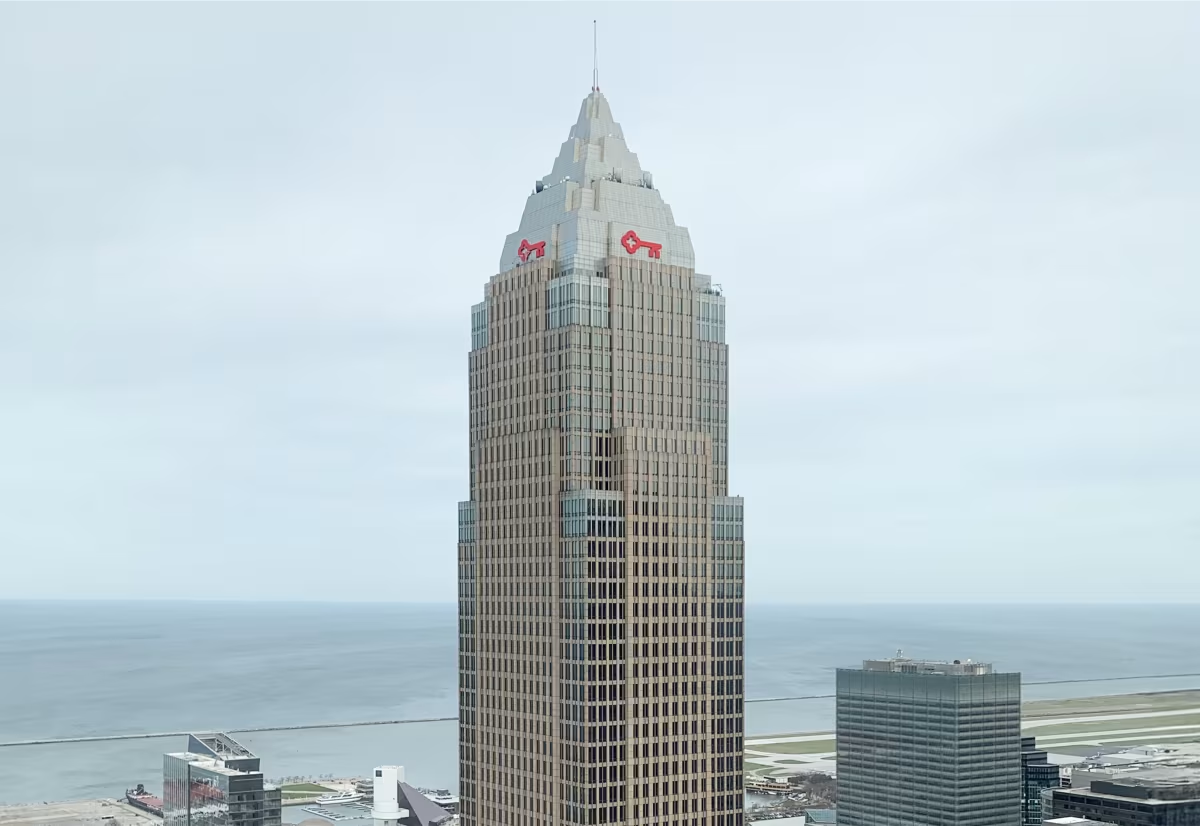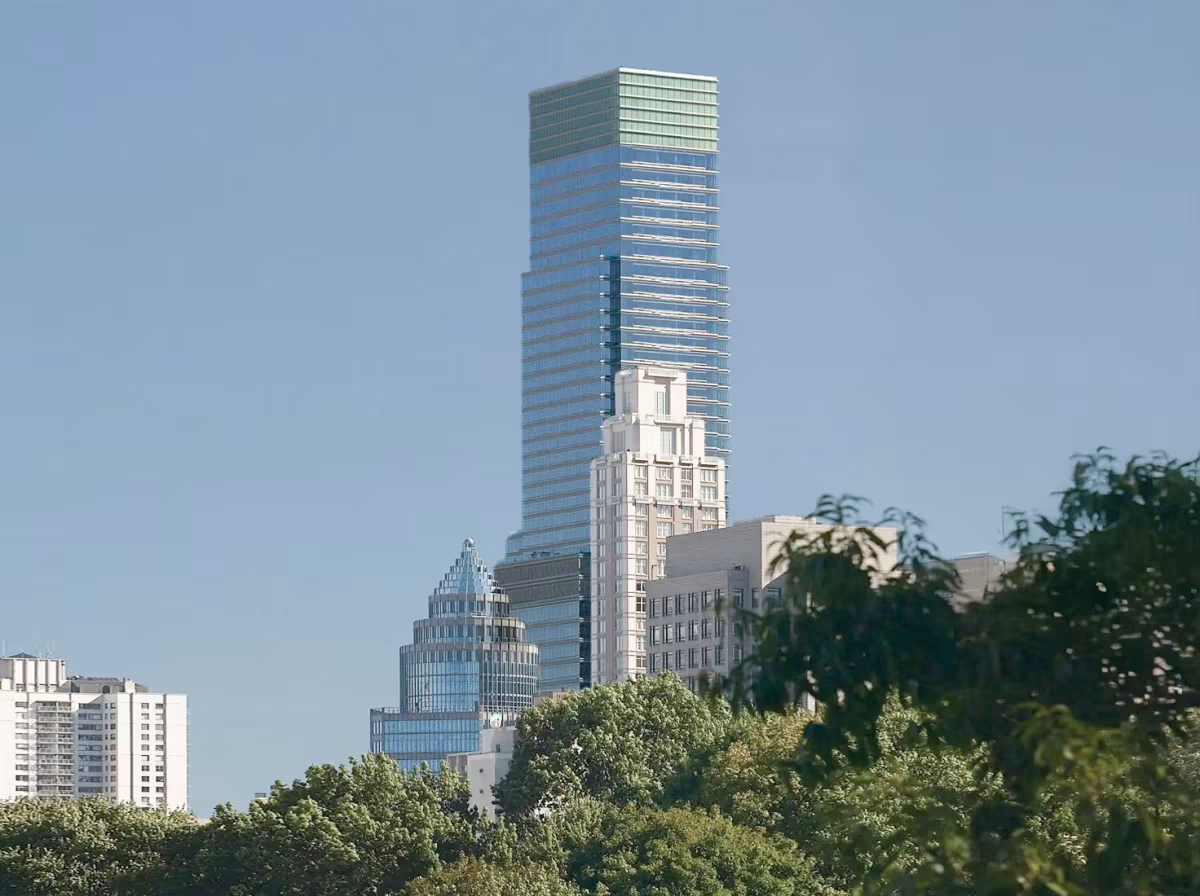Key Tower vs 731 Lexington Avenue Building


Comparing the Key Tower and the 731 Lexington Avenue Building is compelling because they were both designed by César Pelli & Associates, yet they stand in different cities (Cleveland, OH and New York, NY), and were completed a decade apart.
What this will allow us to see, is how the same firm's approach adapted to different places in different periods of time.
Height & Size
The Key Tower is clearly the larger tower of the two, both in terms of height and number of floors. It rises to 948ft (289m) with 62 floors above ground, while the 731 Lexington Avenue Building reaches 814ft (248m) with 54 floors above ground.
Despite being taller and having more floors, Key Tower has less total built-up area than 731 Lexington Avenue Building.
Of course, each project may have faced different briefs or regulatory constraints, which we don't really know about and could also explain the outcome.
Architectural Style
The Key Tower was designed in the Postmodernism style, while the 731 Lexington Avenue Building reflects the principles of Contemporary.
The Key Tower represents a late expression of the Postmodernism, a style already in decline in 1991 when it was completed. By contrast, the 731 Lexington Avenue Building followed the then mainstream Contemporary, embodying the dominant architectural direction of its time.
Uses
The 731 Lexington Avenue Building follows a mixed-use model, combining residential, retail and commercial. In contrast, the Key Tower has remained primarily commercial.
The 731 Lexington Avenue Building offers 105 residential units.
Structure & Facade
Both towers share the same structural solution, a Frame system.
A frame structure uses a grid of columns and beams to carry the building's loads. This frees the walls from structural duties, allowing for flexible floor plans and larger windows.
However, when it comes to the facade, both buildings use different approaches. The Key Tower uses a Modular facade, while the 731 Lexington Avenue Building uses a Curtain Wall facade.
A Modular facade like the one seen in the Key Tower employs prefabricated panels, often mixing solid surfaces with smaller windows, while a curtain-wall facade like the one seen in the 731 Lexington Avenue Building uses a lightweight glass curtain wall hung from the structure.
| Key Tower | 731 Lexington Avenue Building | |
|---|---|---|
| César Pelli & Associates | Architect | César Pelli & Associates |
| 1988 | Design Ended | 2001 |
| 1989 | Construction Started | 2001 |
| 1991 | Year Completed | 2005 |
| Postmodernism | Architectural Style | Contemporary |
| Commercial | Current Use | Mixed |
| 62 | Floors Above Ground | 54 |
| 271 | Last Floor Height | 237 |
| 289 m | Height (m) | 248 m |
| 289 | Tip Height | 287 |
| 116127 | Built-up Area (m²) | 130000 |
| Frame | Structure Type | Frame |
| Reinforced Concrete | Vertical Structure Material | Steel And Concrete |
| Concrete And Steel | Horizontal Structure Material | Poured Concrete Over Metal Decking |
| No | Facade Structural? | No |
| Granite, Glass | Main Facade Material | Glass, Steel |
| Turner Construction Company | Main Contractor | Bovis Lend Lease Ltd. |
| Richard E. Jacobs Group | Developer | Vornado Realty Trust |
| Otis Elevator Company | Elevator Company | Otis Elevator Company |
| Skilling Ward Magnusson Barkshire | Structural Engineer | Thornton Tomasetti |
| OH | State | NY |
| Cleveland | City | New York |
| 127 Public Square | Address | 731 Lexington Avenue |